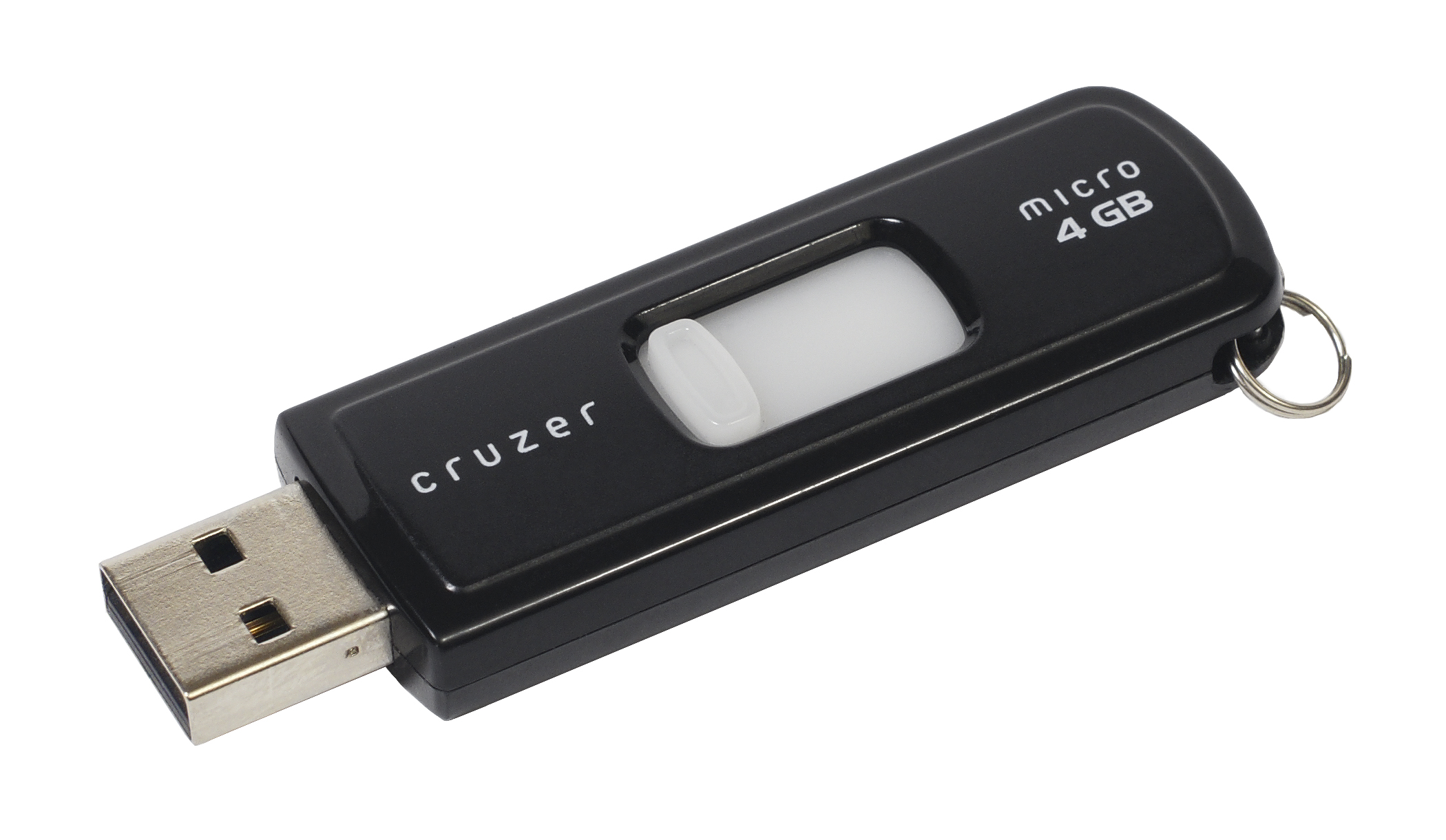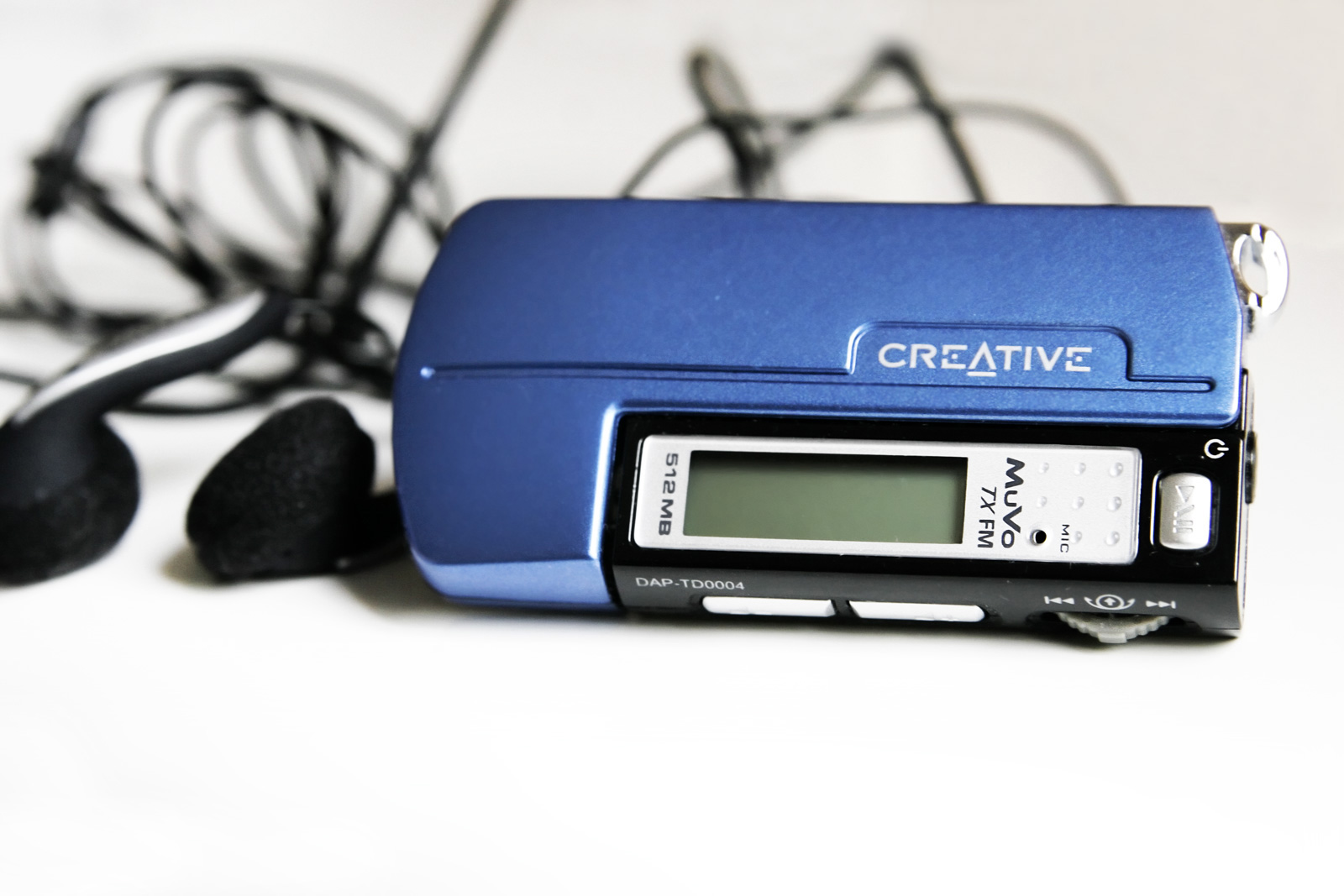|
Yahoo! Music Jukebox
Yahoo! Music Jukebox, formerly known as Yahoo! Music Engine, was a freeware music player released by Yahoo! in 2005 to compete with iTunes and Rhapsody in the digital music market. Developed side-by-side with MusicMatch Jukebox, another music player acquired by Yahoo! in 2004, it was designed to be the main client for Yahoo's array of music services, which were centered around Yahoo! Music Unlimited, a paid music streaming service and digital music store; in addition to being a music management software. In early 2008 Yahoo! sold off its music assets, including Yahoo! Music Jukebox to RealNetworks' Rhapsody and replaced it with a web-based music player. History The idea of a dedicated music player was born from Yahoo! audio search engine, which was divided into two segments: audio files openly found on the Web; and licensed music from Yahoo! own music service that can be searched by several criteria (e.g., artist, title, album, etc.) and downloaded for a price, typically $1 p ... [...More Info...] [...Related Items...] OR: [Wikipedia] [Google] [Baidu] |
Yahoo!
Yahoo! (, styled yahoo''!'' in its logo) is an American web services provider. It is headquartered in Sunnyvale, California and operated by the namesake company Yahoo Inc., which is 90% owned by investment funds managed by Apollo Global Management and 10% by Verizon Communications. It provides a web portal, search engine Yahoo Search, and related services, including My Yahoo!, Yahoo Mail, Yahoo News, Yahoo Finance, Yahoo Sports and its advertising platform, Yahoo! Native. Yahoo was established by Jerry Yang and David Filo in January 1994 and was one of the pioneers of the early Internet era in the 1990s. However, usage declined in the late 2000s as some services discontinued and it lost market share to Facebook and Google. History Founding In January 1994, Yang and Filo were electrical engineering graduate students at Stanford University, when they created a website named "Jerry and David's guide to the World Wide Web". The site was a human-edited web directory, or ... [...More Info...] [...Related Items...] OR: [Wikipedia] [Google] [Baidu] |
Digital Music Store
A digital music store is a business that sells digital audio files of music recordings over the Internet. Customers gain ownership of a license to use the files, in contrast to a music streaming service, where they listen to recordings without gaining ownership. Customers pay either for each recording or on a subscription basis. Online music stores generally also offer partial streaming previews of songs, with some songs even available for full length listening. They typically show a picture of the album art or of the performer or band for each song. Some online music stores also sell recorded speech files, such as podcasts, and video files of movies. History Early years The first free, high-fidelity online music archive of downloadable songs on the Internet was the Internet Underground Music Archive (IUMA), which was started by Rob Lord, Jeff Patterson and Jon Luini from the University of California, Santa Cruz in 1993. Sony Music Entertainment Japan launched the first digita ... [...More Info...] [...Related Items...] OR: [Wikipedia] [Google] [Baidu] |
USB Flash Drive
A USB flash drive (also called a thumb drive) is a data storage device that includes flash memory with an integrated USB interface. It is typically removable, rewritable and much smaller than an optical disc. Most weigh less than . Since first appearing on the market in late 2000, as with virtually all other computer memory devices, storage capacities have risen while prices have dropped. , flash drives with anywhere from 8 to 256 gigabytes (GB) were frequently sold, while 512 GB and 1 terabyte (TB) units were less frequent. As of 2018, 2 TB flash drives were the largest available in terms of storage capacity. Some allow up to 100,000 write/erase cycles, depending on the exact type of memory chip used, and are thought to physically last between 10 and 100 years under normal circumstances ( shelf storage timeUSB flash drives allow reading, writing, and erasing of data, with some allowing 1 million write/erase cycles in each cell of memory: if there were 100 uses ... [...More Info...] [...Related Items...] OR: [Wikipedia] [Google] [Baidu] |
Digital Audio Player
A portable media player (PMP) (also including the related digital audio player (DAP)) is a portable consumer electronics device capable of storing and playing digital media such as audio, images, and video files. The data is typically stored on a compact disc (CD), Digital Video Disc (DVD), Blu-ray Disc (BD), flash memory, microdrive, or hard drive; most earlier PMPs used physical media, but modern players mostly use flash memory. In contrast, analogue portable audio players play music from non-digital media that use analogue media, such as cassette tapes or vinyl records. Digital audio players (DAP) were often marketed as MP3 players even if they also supported other file formats and media types. The PMP term was introduced later for devices that had additional capabilities such as video playback. Generally speaking, they are portable, employing internal or replaceable batteries, equipped with a 3.5 mm headphone jack which can be used for headphones or to connect to a ... [...More Info...] [...Related Items...] OR: [Wikipedia] [Google] [Baidu] |
Internet Radio
Online radio (also web radio, net radio, streaming radio, e-radio, IP radio, Internet radio) is a digital audio service transmitted via the Internet. Broadcasting on the Internet is usually referred to as webcasting since it is not transmitted broadly through wireless means. It can either be used as a stand-alone device running through the Internet, or as a software running through a single computer. Internet radio is generally used to communicate and easily spread messages through the form of talk. It is distributed through a wireless communication network connected to a switch packet network (the internet) via a disclosed source. Internet radio involves streaming media, presenting listeners with a continuous stream of audio that typically cannot be paused or replayed, much like traditional broadcast media; in this respect, it is distinct from on-demand file serving. Internet radio is also distinct from podcasting, which involves downloading rather than streaming. Internet ra ... [...More Info...] [...Related Items...] OR: [Wikipedia] [Google] [Baidu] |
LAUNCHcast
Yahoo! Music Radio (formerly known as LAUNCHcast) was an Internet radio service offered by Clear Channel Communications' iHeartRadio through Yahoo! Music. The service, formerly offered by LAUNCH Media, and originally developed by Todd Beaupré, Jason Snyder and Jeff Boulter, debuted on November 11, 1999, and was purchased by Yahoo! on June 28, 2001. Previously, LAUNCHcast combined with CBS Radio beginning in 2009, then iHeartRadio in 2012. The service closed in early 2014. 2001–2009: LAUNCHcast powered by Yahoo! Music LAUNCHcast allowed users to create personal radio stations or playlists of songs tailored to their musical tastes. To create a personal station, users rated music on a 4-star or 100-point (depending on one's preference) scale. The service used those ratings to create a personal station of songs based on a user's favorite genres, artists, albums, and songs. The generated playlist contained a combination of rated and recommended songs. The ratio of rated/recommende ... [...More Info...] [...Related Items...] OR: [Wikipedia] [Google] [Baidu] |
CD/DVD Authoring
Optical disc authoring, including DVD and Blu-ray Disc authoring, is the process of assembling source material—video, audio or other data—into the proper logical volume format to then be recorded ("burned") onto an optical disc (typically a compact disc or DVD). Process To burn an optical disc, one usually first creates an optical disc image with a full file system, of a type designed for the optical disc, in temporary storage such as a file in another file system on a disk drive. One may test the image on target devices using rewriteable media such as CD-RW, DVD±RW and BD-RE. Then, one copies the image to the disc (usually write-once media for hard distribution). Most optical disc authoring utilities create a disc image and copy it to the disc in one bundled operation, so that end-users often do not know the distinction between creating and burning. However, it is useful to know because creating the disc image is a time-consuming process, while copying the imag ... [...More Info...] [...Related Items...] OR: [Wikipedia] [Google] [Baidu] |
Ripping
Ripping is extracting all or parts of digital content from a container. Originally, it meant to rip music out of Commodore 64 games. Later, the term was used to extract WAV or MP3 format files from digital audio CDs, but got applied as well to extract the contents of any media, including DVD and Blu-ray discs, and video game sprites. Despite the name, neither the media nor the data is damaged after extraction. Ripping is often used to shift formats, and to edit, duplicate or back up media content. A rip is the extracted content, in its destination format, along with accompanying files, such as a cue sheet or log file from the ripping software. To rip the contents out of a container is different from simply copying the whole container or a file. When creating a copy, nothing looks into the transferred file, nor checks if there is any encryption or not, and raw copy is also not aware of any file format. One can copy a DVD byte by byte via programs like the Linux dd command onto ... [...More Info...] [...Related Items...] OR: [Wikipedia] [Google] [Baidu] |
Compact Disc Digital Audio
Compact Disc Digital Audio (CDDA or CD-DA), also known as Digital Audio Compact Disc or simply as Audio CD, is the standard format for audio compact discs. The standard is defined in the ''Red Book'', one of a series of Rainbow Books (named for their binding colors) that contain the technical specifications for all CD formats. The first commercially available audio CD player, the Sony CDP-101, was released October 1982 in Japan. The format gained worldwide acceptance in 1983–84, selling more than a million CD players in those two years, to play 22.5 million discs. Beginning in the 2000s, CDs were increasingly being replaced by other forms of digital storage and distribution, with the result that by 2010 the number of audio CDs being sold in the U.S. had dropped about 50% from their peak; however, they remained one of the primary distribution methods for the music industry. In the 2010s, revenues from digital music services, such as iTunes, Spotify, and YouTube, matched ... [...More Info...] [...Related Items...] OR: [Wikipedia] [Google] [Baidu] |
Nullsoft
Nullsoft, Inc. was an American software house founded in Sedona, Arizona, in 1997 by Justin Frankel. Its products included the Winamp media player and the SHOUTcast MP3 streaming media server. In later years, their open source installer system, the Nullsoft Scriptable Install System (NSIS) became an alternative to commercial products like InstallShield. The company's name is a parody of Microsoft. ''Mike the Llama'' is the company's mascot; this is frequently referred to in promotional material (especially for Winamp) citing llamas. Frankel introduced the llama in Winamp's startup sound clip, inspired by the lyrics of Wesley Willis: "Winamp, it really whips the llama's ass!" Nullsoft was sold to AOL (formerly known as America Online) on June 1, 1999, and thereafter existed as a subsidiary of the company. After the acquisition, Nullsoft headquarters were moved to San Francisco, California. Their later developments included the Nullsoft Streaming Video (NSV) format, which was in ... [...More Info...] [...Related Items...] OR: [Wikipedia] [Google] [Baidu] |
Apple Inc
Apple Inc. is an American multinational technology company headquartered in Cupertino, California, United States. Apple is the largest technology company by revenue (totaling in 2021) and, as of June 2022, is the world's biggest company by market capitalization, the fourth-largest personal computer vendor by unit sales and second-largest mobile phone manufacturer. It is one of the Big Five American information technology companies, alongside Alphabet, Amazon, Meta, and Microsoft. Apple was founded as Apple Computer Company on April 1, 1976, by Steve Wozniak, Steve Jobs and Ronald Wayne to develop and sell Wozniak's Apple I personal computer. It was incorporated by Jobs and Wozniak as Apple Computer, Inc. in 1977 and the company's next computer, the Apple II, became a best seller and one of the first mass-produced microcomputers. Apple went public in 1980 to instant financial success. The company developed computers featuring innovative graphical user inter ... [...More Info...] [...Related Items...] OR: [Wikipedia] [Google] [Baidu] |
ZDNet
ZDNET is a business technology news website owned and operated by Red Ventures. The brand was founded on April 1, 1991, as a general interest technology portal from Ziff Davis and evolved into an enterprise IT-focused online publication. History Beginnings: 1991 to 1995 ZDNET began as a subscription-based digital service called "ZiffNet" that offered computing information to users of CompuServe. It featured computer industry forums, events, features and searchable archives. Initially, ZiffNet was intended to serve as a common place to find content from all Ziff-Davis print publications. As such, ZiffNet was an expansion on an earlier online service called PCMagNet for readers of PC Magazine. Launched in 1988, PCMagNet in turn was the evolution of Ziff Davis' first electronic publishing venture, a bulletin board, which launched in 1985. On June 20, 1995, Ziff-Davis announced the consolidation of its online information services under a single name, ''ZD Net''. The service had ... [...More Info...] [...Related Items...] OR: [Wikipedia] [Google] [Baidu] |





